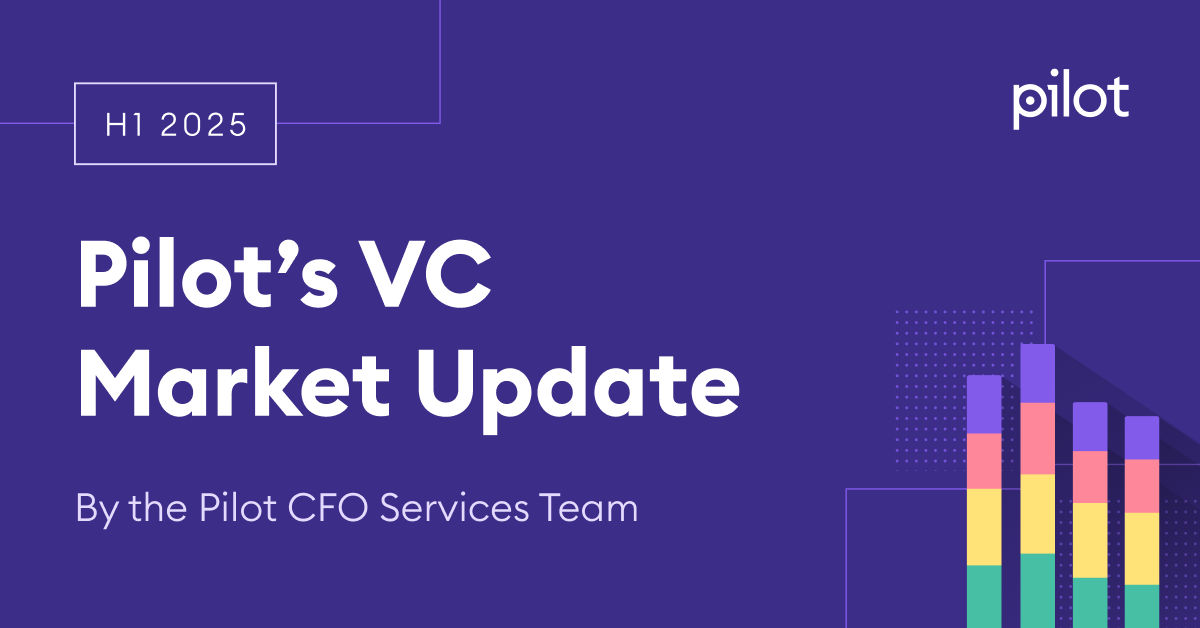PPP flexibility act: New deadlines, new spending rules

Last week, Congress passed the Paycheck Protection Program Flexibility Act, which was signed into law on June 5. This new legislation includes some of the most significant overhauls of the PPP initiative and loan forgiveness requirements since the CARES Act was passed.
New Rules on Spending & Forgiveness
One of the biggest changes in the PPP Flexibility Act is around how you can spend your loan money to be eligible for forgiveness. Previously, you were required to spend at least 75% of the funds on payroll-related expenses; spending less than that on payroll meant the amount of your loan that was eligible for forgiveness declined as well.
Under the PPP Flexibility Act, the minimum amount spent on payroll has now dropped to 60%. This means you can use up to 40% of your loan on other qualified expenses like rent or utility payments. Initially there was confusion about whether the 60% floor was now a hard requirement for forgiveness, or if companies that spent less than that amount on payroll might still be eligible for partial forgiveness like under the original rules. On Monday June 8, however, the Treasury released a statement clarifying this: if you spend less than 60% of your loan on payroll, you are still eligible for partial forgiveness. As always, it’s going to be very important to keep excellent records to document how your loan is spent.
In addition to loosening the payroll requirement, the PPP Flexibility Act also expands the window for using your loan money. Originally, PPP loan funds had to be spent in their entirety within 8 weeks of the first disbursal in order to be forgiven. Now, you have 24 weeks (six months) in which to spend the money from your PPP loan.
New Deadlines
One of the factors that affects how much of your loan might be eligible for forgiveness is headcount. Per the original CARES act, your loan could only be fully forgiven if you did not reduce your employee headcount, or else hired back previously laid-off employees by June 30. That date has been pushed back: you now have until December 31 to rehire employees. The Flexibility Act also makes new allowances for businesses whose employees decline offers, who can’t find qualified replacements, or who can’t restore regular business operations because of shutdown orders or similar.
The deadline to apply for loan forgiveness has also been pushed back. Previously, you had to apply within six months of your loan’s origination date. Now, you have until 10 months after the date of the last covered period in order to apply for forgiveness.
If your loan isn’t forgiven, the deadline to pay it back has been extended as well. PPP loans will now mature in 5 years, instead of 2. It’s important to note that this only applies to PPP loans issued after June 5, 2020. However, if your PPP loan was issued before June 5, you can get your repayment date extended to 5 years if you and your lender mutually agree to do so.
There’s one deadline, however, that hasn’t changed. if you haven’t yet applied for a PPP loan but you intend to get one, the window is rapidly closing. The Treasury confirmed that June 30, 2020 is the last date that PPP loan applications will be approved.
Now Permitted: Payroll Tax Deferral
The PPP Flexibility Act also introduces a significant change around payroll taxes. The CARES Act included an option for businesses to defer paying the employer’s share of Social Security taxes—but not if the business had a PPP loan forgiven.
Now, companies that receive PPP loans and have their loans forgiven can also take advantage of the option to defer their payroll tax payments. If you choose to defer, you’ll pay the delayed taxes in two equal parts in December 2021 and 2022.





